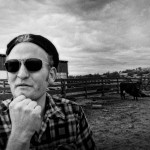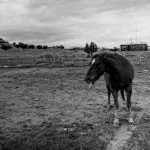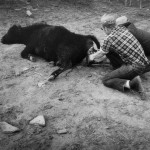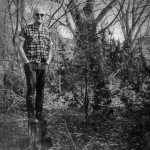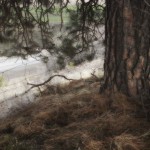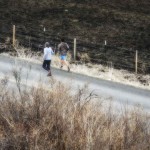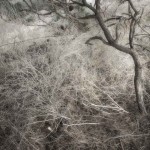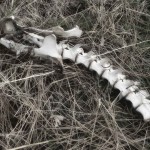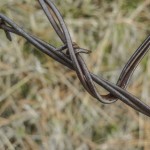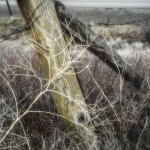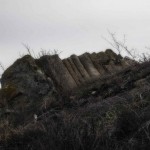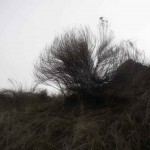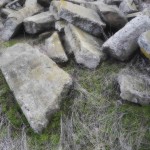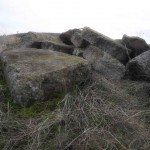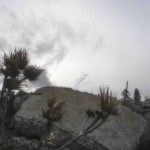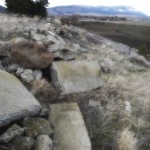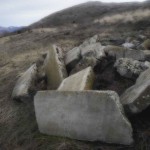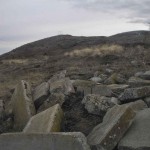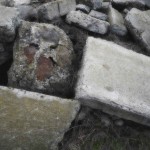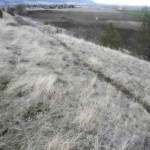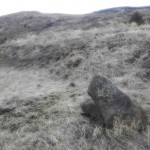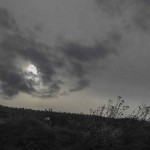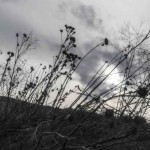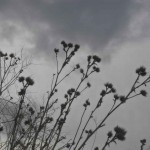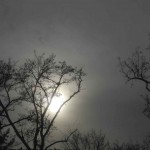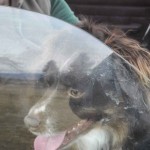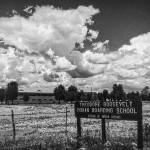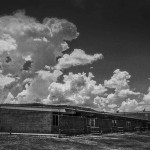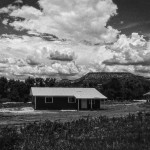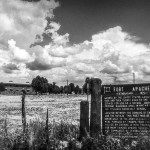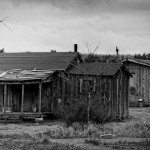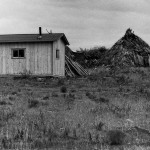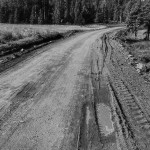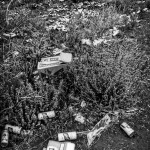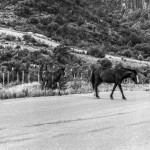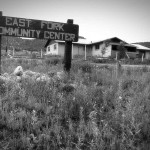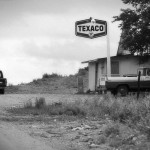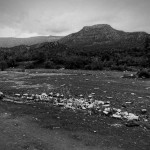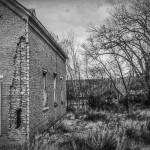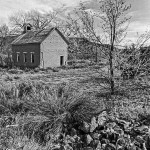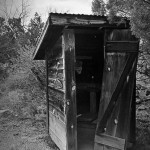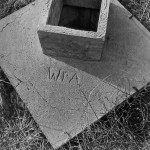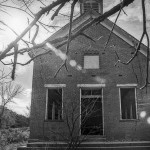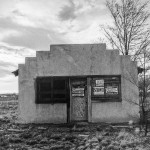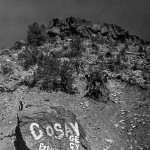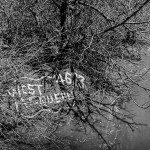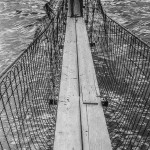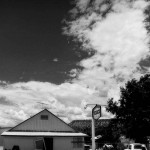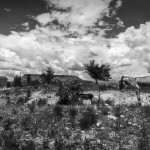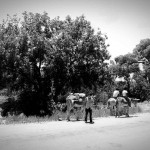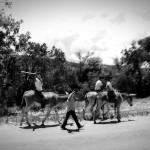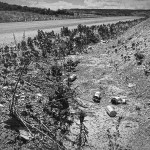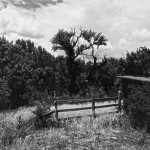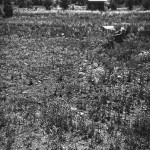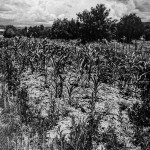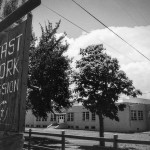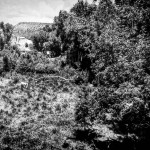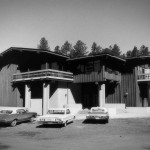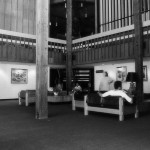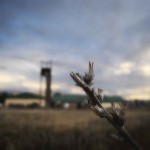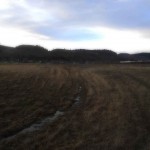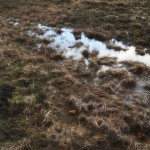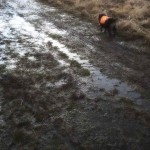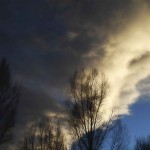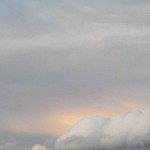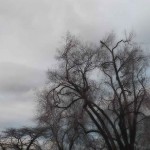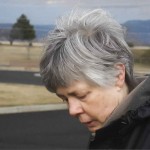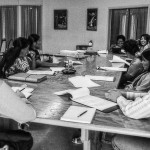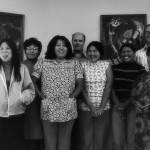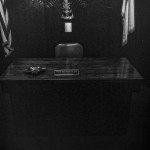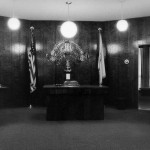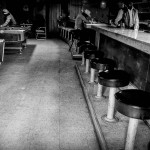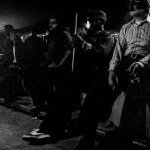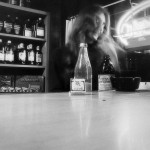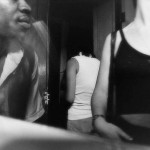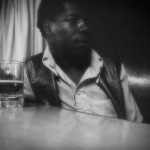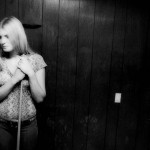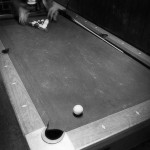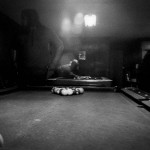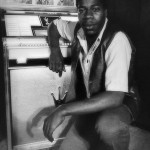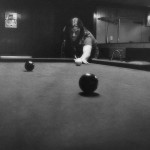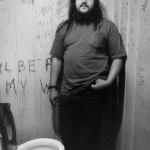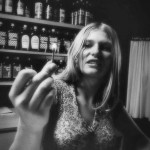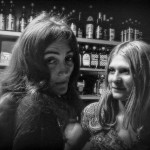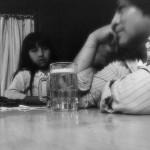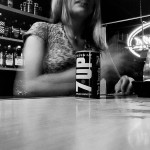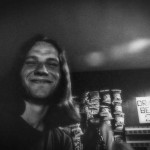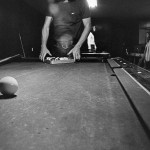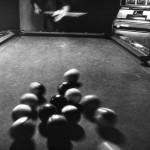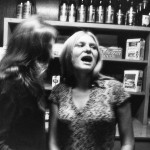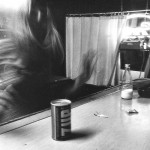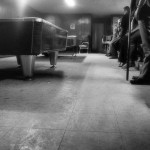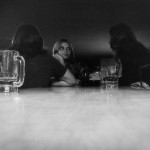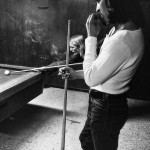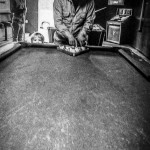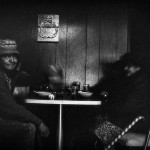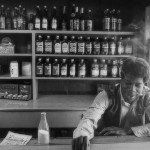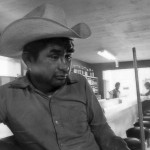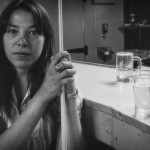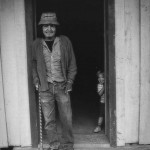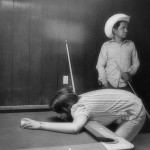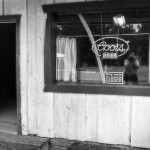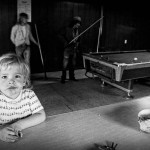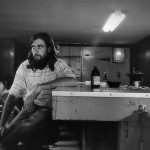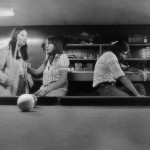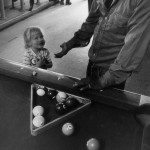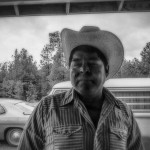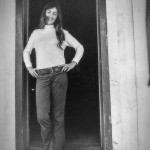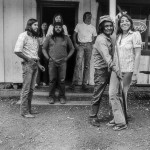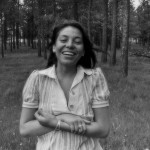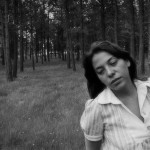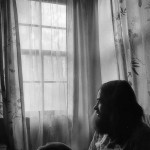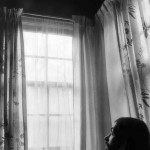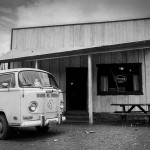Made countless trips to DC in the 60s and 70s. Even had to break from my Arizona Indian reservation stint for a couple of days for such a sojourn, in such a whirlwind affair that virtually no time was available for wandering about with camera.
Author: leh
In the White Mountains of Arizona (1972-74): More After Hours Music
The absolute best way to socialize after working hours (no, it really wasn’t the Dew Drop Inn) was to get together with musician and music-oriented friends to listen and maybe create some live sounds. Here, Tucson musician Lynne (you met her earlier) drives us in her Audi (as ID’d by Jamesa!) to meet up in guitarist and my staff member Ron’s cabin.
This was a very special venue, by the way, as Ron had rented over the winter a summer vacation cabin outside of Pinetop from a university music professor from Phoenix named Fred Sharp. So, of course, the owner had signage with musical notes at the front gate proclaiming the property as that of … F Sharp. Once inside, the spacious and highly comfortable cabin was chock full of photos and paintings of cats, framed vintage musical scores and images of composers, and … antique instruments. One of these instruments was not locked away, and we were given permission to use it (responsibly). It was a small foot-powered early 1800s German organ! We immediately conjured up fantasies about how such an organ could have been used in era of Beethoven — the dates just about match. So we have Lynne, Ron, Jill, Penni and me taking turns at the keyboard, and occasionally attempting an organ-guitar ensemble mix. I regret that I didn’t return later with a flash unit to overcome the interior darkness to bring out the details in that incredible organ (which actually looked better than it sounded).
See: Related Posts
rDay Three-Hundred-Thirty-Five
While photographing sidewalks, I stumble upon Mark and Zach in my path; they claim that they recognized my stride two blocks away. And I take a look at the exterior of the newly-opened Orange Rhino Bakery (formerly occupied by Bobolink).
A Possible Future of Computing
In the White Mountains of Arizona (1972-74): A Calf is Born
Remember the guy who lived in the school bus and drove a Porsche? One day he had me accompany him to the Reservation to assist one of his Apache friends with midwifing a problematic birth of a cow’s calf.
I see that I have about a dozen photos documenting the entire process, but I will keep this succinct. Up to that time, I had no idea that my friend was skilled with such matters.
See: Related Posts
rDay Three-Hundred-Thirty-Two
Walkin’ Charlie-Dog at Grandview Cemetery …
In the White Mountains of Arizona (1972-74): Human Evidences
The Reservation was sparsely populated; about 13 or 14,000 people occupied 1.6 million acres (some 2600 square miles). Many were clumped in small settlements, about eight or nine distinct communities, and some only had a trading post with a gas pump, or less. Some Tribal members lived in shacks and cabins, often still using the traditional wickiup (think “wigwam”) nearby. Scattered throughout the scrub plateaus and denser forest areas — elevation range was about 3000 feet to over 11,000 feet — would be virtually hidden cabins. Many homesteads had a few grazing animals (overgrazing, incidentally, was a often-cited problem) and a plot of vegetables and a patch of corn, always close to one of the many sources of water on the Reservation. (If I recall, it was said that something like 400 or 500 miles of streams and creeks flowed throughout the Reservation, and as we have previously pointed out, several rivers and very large lakes were to be found at various elevations.) Accompanied by our Apache translator/interviewers, we visited a number of families — sometimes single-parent — with several children and elders living in one or two rooms. Traversing side roads often required 4WD. Roadsides were often littered with trash, particularly beer cans.
During our stay, the Apache Tribe was finishing construction on a new resort with lodging, dining and ski facilities at the high elevation (over 9000 feet) Sunrise Lake.
See: Related Posts
rDay Three-Hundred-Thirty-One
In the White Mountains of Arizona (1972-74): Working With Tribal People
Previous posts have described, to some degree, my assignment to head up a special research study of the White Mountain Apache Tribe and Reservation for the US Congress in the 1972-74 time frame. As part of the effort, my team hired the temporary services (about three months) of Tribal members to help us with interviewing and interpretation. About thirty people, all female — no males applied, were hired and trained intensively. And they trained us! We worked with small groups, as it turned out not all spoke the same dialects and many were affiliated with different rival clans. Here we see a training session, led by Loyal, my psychologist and anthropological researcher with the assistance of ____ (darn it; can’t recall his name; he was the ex-Special Forces guy who could speak Vietnamese and Cambodian, and was comfortable trying to speak unfamiliar languages).
One of my duties was to participate in Tribal Council meetings, and advise the Apache leaders of my study’s status and progress. (Every two weeks, if I recall.) They were particularly interested in the process and results of the lengthy questionnaire and interviews that were being administered by these Apache workers. I came to learn that negotiating Tribal politics could be … tricky. Working with my Apache ladies and other Tribal officials was certainly the most unusual and memorable aspect of the project.
See: Related Posts
In the White Mountains of Arizona (1972-74): The Dew Drop Inn, Again
As we have seen in a previous post, the Dew Drop Inn was the watering hole for many of the locals in the miniscule mountain outpost of Pinetop, Arizona. A rather curious place, frequented by Apaches, blacks, Latinos and hippie-esque whites in about equal numbers, to come inside during the light of day would expose its shabbiness and decrepitude. But at night all was concealed and rather mysterious. Nevertheless, everybody seemed to get along well there; bar fights and rowdiness were rare, much less so than with a couple of other bars down the road. (Maybe it had something to do with the fact that bar was tended by two young women — and occasionally the owner — who seemed fearless and quite formidable.) And the Dew Drop and its clientele stood in considerable contrast to the cocktail lounge/restaurant that catered to the ski crowd in season. My intention was to create a photographic project around the place, getting down the stories and images of the regulars as I got to know them. We even talked about later on exhibiting on its walls the photographs that I was taking there. But I basically gave up on the project as the shooting conditions were too harsh for consistent quality (the best light was in the bathroom) and as summer came on I wanted to spend more time outside. Anyway, here is a little more evidence of some times and people in and around the place.
See: Related Posts





















